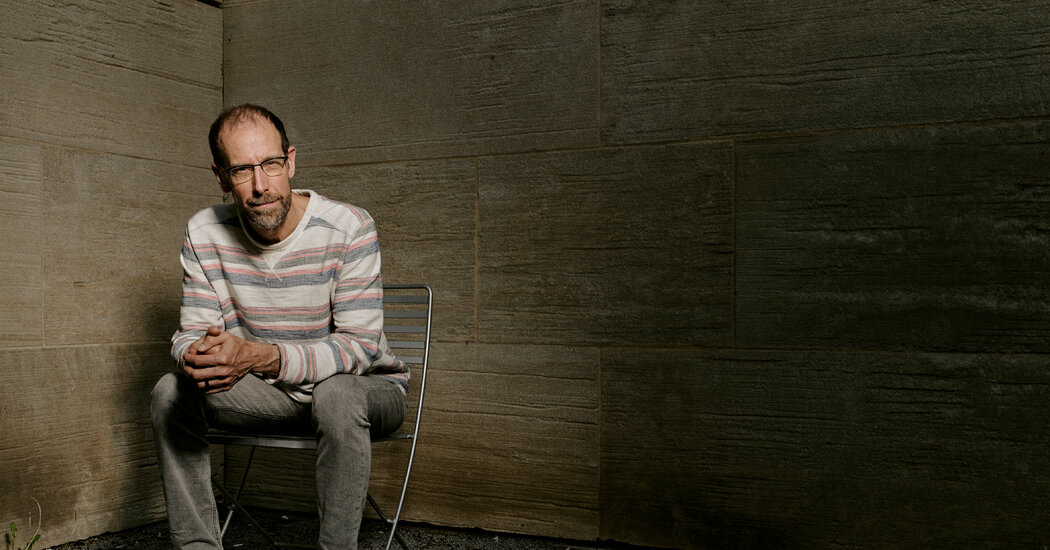David Keith was a graduate student in 1991 when a volcano erupted in the Philippines, sending a cloud of ash toward the edge of space.
Seventeen million tons of sulfur dioxide released from Mount Pinatubo spread across the stratosphere, reflecting some of the sun’s energy away from Earth. The result was a drop in average temperatures in the Northern Hemisphere by roughly one degree Fahrenheit in the year that followed.
Today, Dr. Keith cites that event as validation of an idea that has become his life’s work: He believes that by intentionally releasing sulfur dioxide into the stratosphere, it would be possible to lower temperatures worldwide, blunting global warming.
Such radical interventions are increasingly being taken seriously as the effects of climate change grow more intense. Global temperatures have hit record highs for 13 months in a row, unleashing violent weather, deadly heat waves and raising sea levels. Scientists expect the heat to keep climbing for decades. The main driver of the warming, the burning of fossil fuels, continues more or less unabated.
Against this backdrop, there is growing interest in efforts to intentionally alter the Earth’s climate, a field known as geoengineering.
Already, major corporations are operating enormous facilities to vacuum up the carbon dioxide that’s heating up the atmosphere and bury it underground. Some scientists are performing experiments designed to brighten clouds, another way to bounce some solar radiation back to space. Others are working on efforts to make oceans and plants absorb more carbon dioxide.
